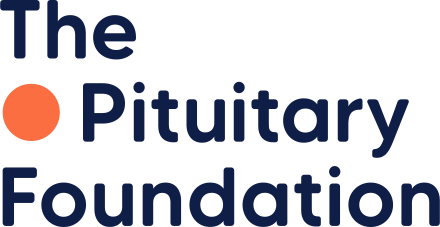Nadine was diagnosed with Cushing’s disease in 2003, after going in for an operation to fix a broken hip. When doctors noticed how different she looked to her sister, they started doing some tests.

Nadine experienced a range of Cushing’s symptoms before her diagnosis: “my face was starting to balloon. I put on weight rapidly. I went from a size 12 to a size 24 overnight -literally! I was quite fit and active before that. I was doing a management course, walking my border collie on the canal in Leighton Buzzard and doing Taekwondo and then all of a sudden I just couldn’t do any of that. I was severely exhausted all of the time.”
She was initially diagnosed with polycystic ovaries and told she couldn’t have children. But despite this she still somehow fell pregnant with her daughter Aimée in 2002. The Cushing’s symptoms masked early pregnancy and she didn’t find out she was having a baby until she was 5 and 1/2 months pregnant. Later she was told by her endocrinologist how lucky she was to get pregnant and to have a healthy baby.
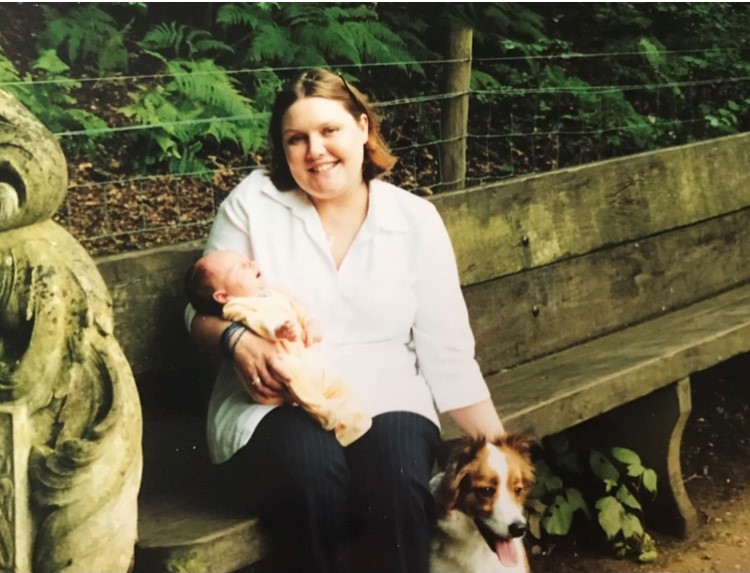
Shortly after giving birth, Nadine suffered a broken hip. “It was a fracture across the top of my femur, which is the strongest bone in the human body and really difficult to break.” Nadine underwent hip surgery, and had pins, plates and dynamic hip screws inserted.
Before the surgery she was also experiencing severe post-natal depression, she says “It was puerperal psychosis, which everyone initially put down to baby blues, but with the stress of a difficult marriage and divorce and the undiagnosed pituitary tumour at the time it became much more than that.”
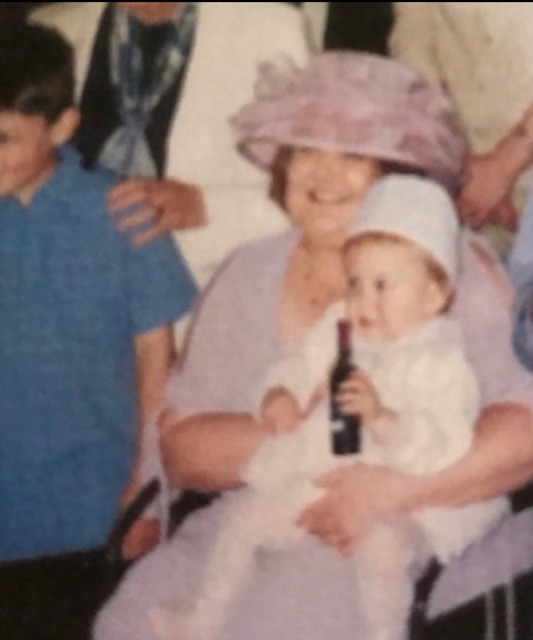
When her sister came to visit her in hospital, doctors noticed the visible differences between them. “My face was very swollen and round and my body puffy and the doctors were looking at her, looking at me and they couldn’t believe we were sisters. My sister explained to them that she was normally the slightly bigger one of the two and that this wasn’t her sister as she knew her. That’s when the penny dropped and they went away, did a lot of tests and came back and said ‘Ohh, by the way, you’ve also got a tumour on your pituitary.’’ She was then transferred to another hospital for further surgery.
Many of Nadine’s early symptoms were linked to her tumour. Including the psychosis she was experiencing: “what they didn’t know at first was that I had the tumour, which was obviously part of the cause of the peupeural psychosis. The severe depression was all linked. Everything I was going through, was all linking back to the tumour, which I didn’t know I had.”
Nadine was then diagnosed with Cushing’s disease. She had neuro surgery and her pituitary gland and pituitary tumor removed through trans nasal transphenoidal surgery. Unfortunately, her cortisol wasn’t immediately replaced after the surgery and she went into adrenal crisis on the ICU.
After her surgery to remove the pituitary gland and tumour and a long recovery with the support of her family in Wales, Nadine went on to retrain as a teacher: “I did my PGCE in a wheelchair. I taught French and Italian part time for a few years at our local college.”
Due to the steroids she was on Nadine’s femur never fully repaired, so she spent over a year in a wheelchair, and now permanently uses a crutch. She currently takes over 20 medications including some to replace some of her hormones. This includes steroids to replace cortisol, HRT, growth hormone and desmopressin. Nadine has experienced adrenal crisis’ over the years and carries an emergency injection. Two of the adrenal crises also caused two separate heart attacks and she now has three stents. Due to the accumulation of health problems Nadine is sadly now unable to work.
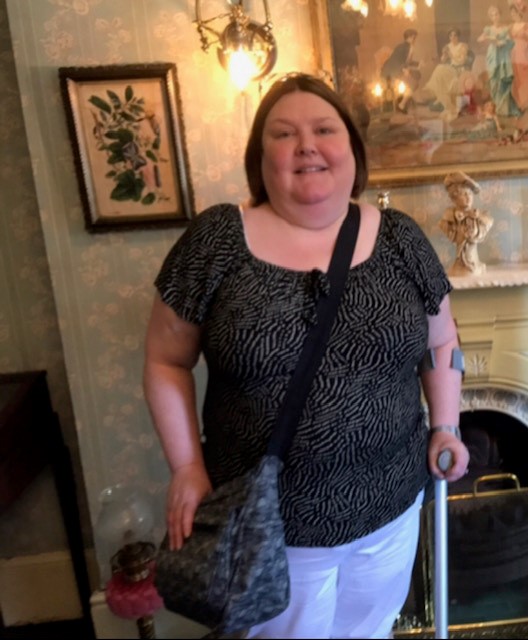
However, through listening to her body Nadine manages her steroid intake well. “I do still get a lot of adrenal fatigue. But I tend to be able to recognise the signs now and mostly stop it going into crisis. Over the last few years I’ve got more knowledgeable and used to listening to my body more. You also have to learn not to overdo things otherwise you pay for pushing yourself too hard. Although that’s not always easy to do.”
When Nadine looks back on her journey she can see how far she has come, and the importance of learning to live with the chronic lifelong illness of hypopituitarism: “You look back and you think, ‘Oh, actually, I have come quite far.’ You have to learn to live with it. You can’t forget about how you were, but you’ve got to move on and accept that it is difficult.”
“It’s learning to know you’ve got good days and bad days and not feel guilty when you do have bad days and need to rest. It is frustrating but there is nothing you can do about that. You’ve just got to take the better days when they come and make the best of them as much as you can.
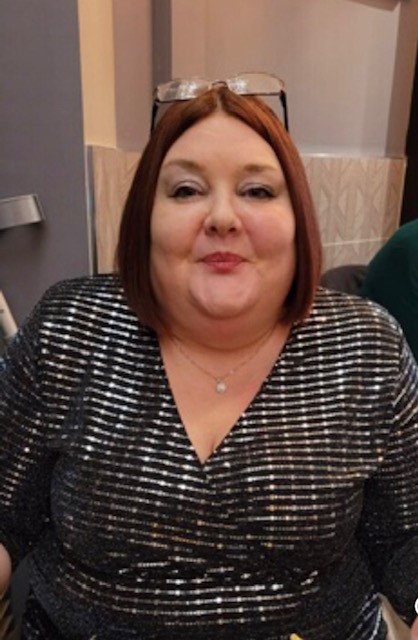
Thank you to Nadine for choosing to share her story. If you have been affected by any of the themes in this story then please consider contacting our Information and Support Helpline.
